
What should you use instead of a curtain wall?
What should you use instead of a curtain wall? Running into thermal or budget limitations with curtain walls? Modern alternatives now offer comparable aesthetics at
Windows are an essential part of any building, providing light, ventilation, and aesthetic appeal. However, with so many types of windows available, choosing the right one for your home or building can be a daunting task. In this guide, we will explore the different types of windows, their pros and cons, and help you determine which type is best for your needs.
Double-Hung Windows: Double-hung windows are perhaps the most common type of window found in homes. They consist of two sashes that slide up and down within the frame. One of the main advantages of double-hung windows is that both sashes can be opened, allowing for better ventilation. They are also relatively easy to clean, as both sashes can tilt inward.
However, double-hung windows can be less energy-efficient than other types of windows, as they are prone to air leakage. They also have a more traditional appearance, which may not suit all architectural styles.
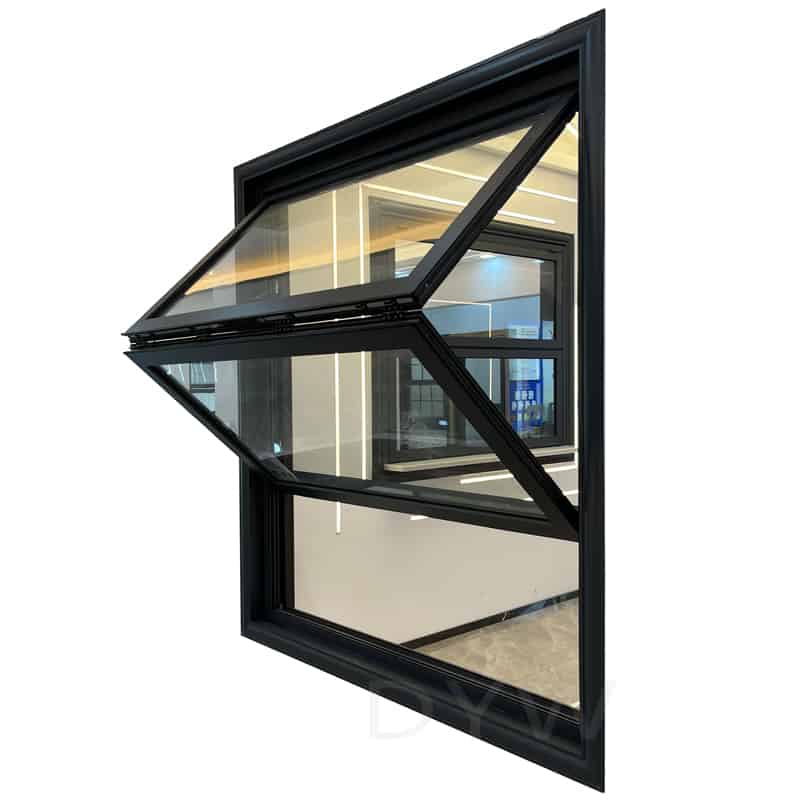
Casement Windows: Casement windows are hinged at the side and open outward with a crank or lever. They offer excellent ventilation, as the entire window opening is unobstructed when fully opened. Casement windows also provide a tight seal when closed, making them highly energy-efficient.
One downside of casement windows is that they can be more difficult to clean, as the entire window must be opened to access both sides. Additionally, their outward-opening design may not be suitable for all locations, such as areas with limited exterior space.

Slider Windows: Slider windows, also known as gliding windows, operate by sliding horizontally along a track. They are easy to operate and provide a modern, streamlined look. Slider windows are also relatively low-maintenance, as they have fewer moving parts than other types of windows.
However, slider windows are not as airtight as other types of windows, which can lead to energy loss. They also have a limited opening size compared to casement or double-hung windows, which may impact ventilation.
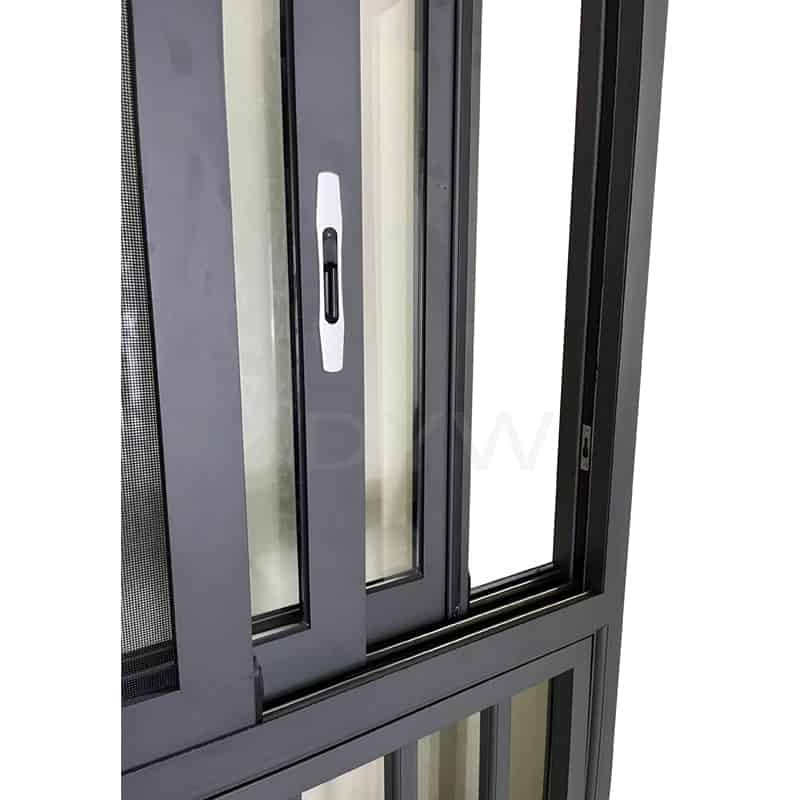
Awning Windows: Awning windows are hinged at the top and open outward from the bottom. They are ideal for providing ventilation while keeping out rain, as the outward opening creates a slight overhang. Awning windows are also energy-efficient when closed, as they provide a tight seal.
One drawback of awning windows is that they may not be suitable for all architectural styles, as their outward-opening design can be visually intrusive. They also tend to have a smaller opening size compared to other types of windows.
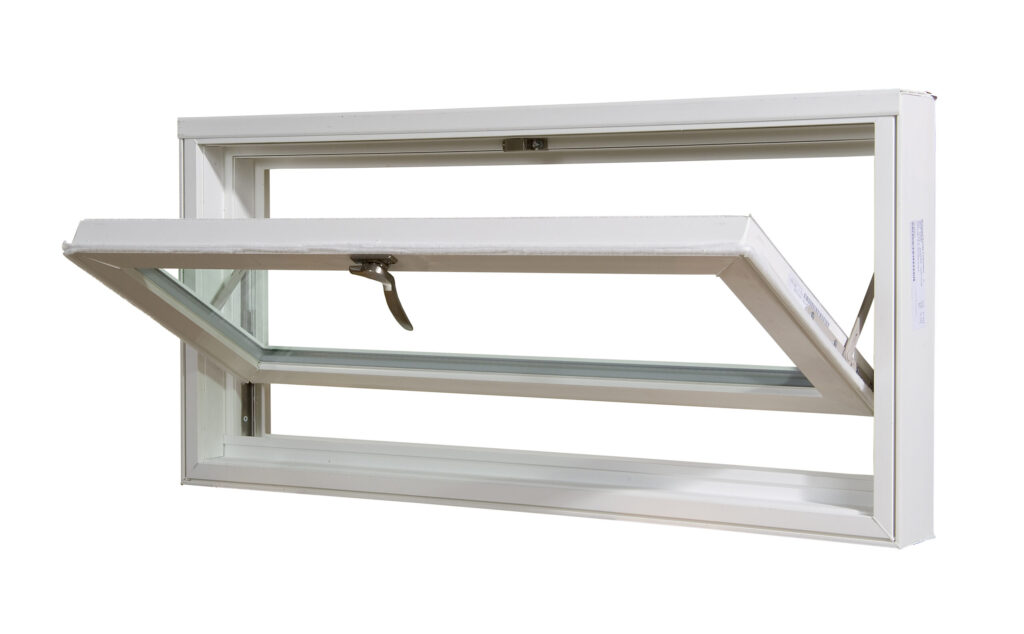
Fixed Windows: Fixed windows, also known as picture windows, do not open and are used primarily to provide a view and natural light. They are highly energy-efficient, as they provide an airtight seal.
However, fixed windows do not provide ventilation, which may be a drawback in some applications. They are also more prone to condensation buildup, as they cannot be opened to allow moisture to escape.
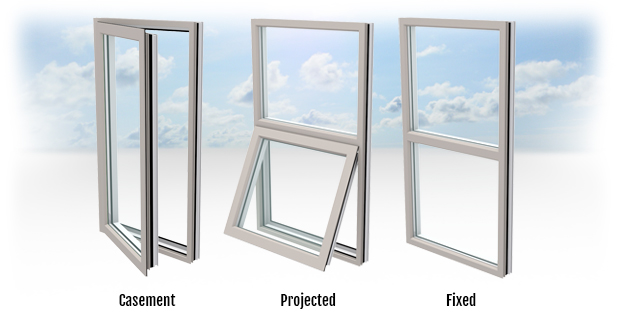
In conclusion, the best type of window for your home or building will depend on your specific needs and preferences. Double-hung windows are a classic choice that offers versatility, while casement windows are ideal for those seeking maximum ventilation and energy efficiency. Slider windows are a great option for modern homes, while awning windows are ideal for keeping out rain while providing ventilation. Fixed windows are best suited for areas where ventilation is not a priority, but natural light and views are important.

What should you use instead of a curtain wall? Running into thermal or budget limitations with curtain walls? Modern alternatives now offer comparable aesthetics at

How to replace a door yourself? Tired of squeaky, drafty doors that stick? Replacing an interior door costs $50-$150 DIY versus $200-$500 hired out, and
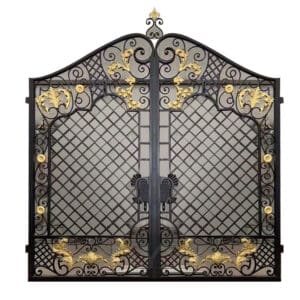
How to get custom aluminum doors? Need sleek, durable entryways but overwhelmed by options? Custom aluminum doors range from $1,200-$8,000+ installed, with lead times of
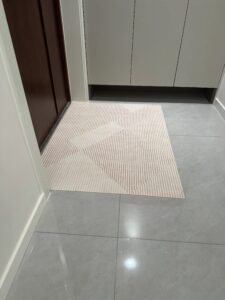
How to make custom door mats? Want personalized home entryways without $75+ retail markups? Crafting custom doormats costs just $15-$35 using accessible outdoor-grade materials like

How much do custom window screens cost? Frustrated by insects ruining your fresh air enjoyment? Custom window screens typically cost $50-$300 per unit installed –

What is the best type of wall covering? Tired of staring at dull walls but overwhelmed by options? The “best” wall covering depends entirely on